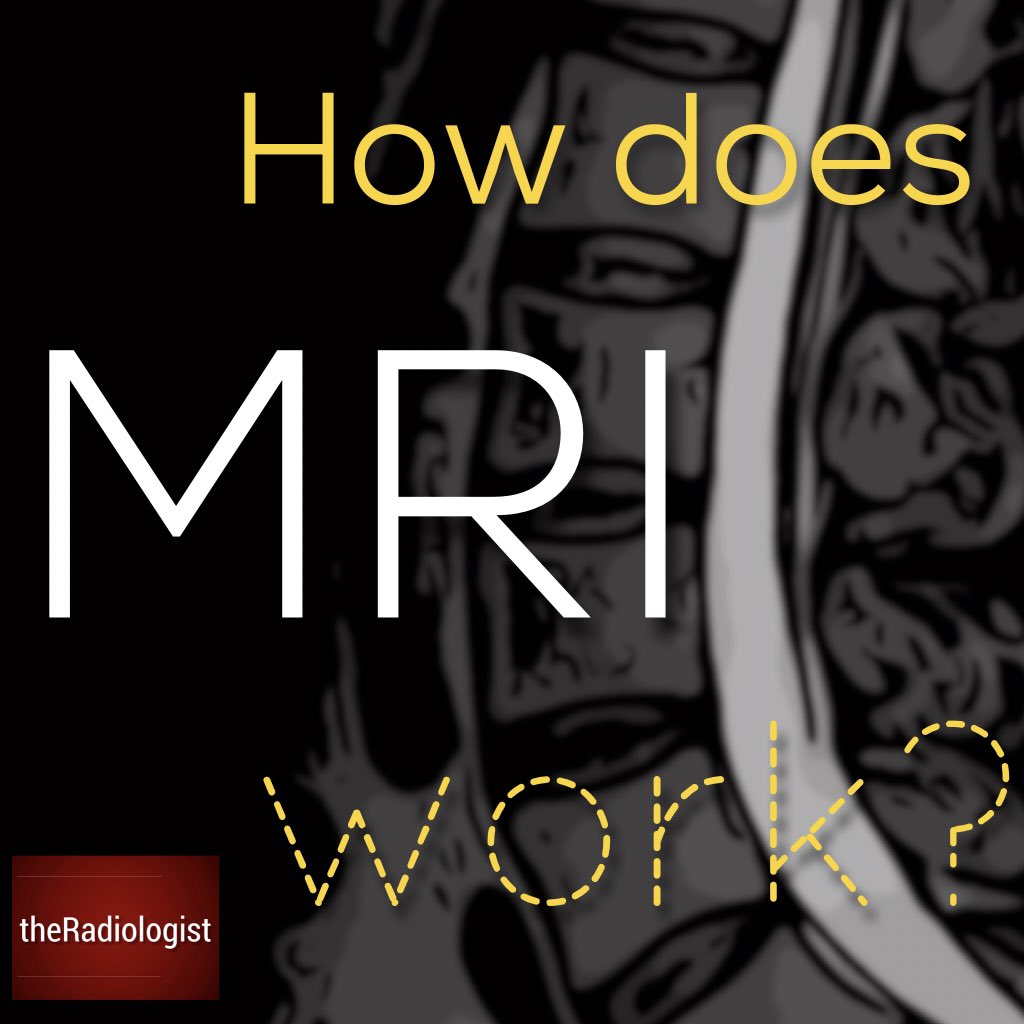
Each proton has its own magnetic field
When placed inside a magnet (such as within an MRI scanner) the magnetic fields of the protons line up with the main magnetic field (2/11)
(3/11)
(4/11)
1️⃣LONGITUDINAL - return to the z axis known as T1 relaxation
2️⃣TRANSVERSE - reduction of magnitude along the xy axis (6/11)
T2 relaxation time is the time taken for the transverse component to decay to 37% of its original value (7/11)
The ‘echo time (TE)’ is the time taken from the RF pulse to the maximum amplitude of the echo in the x-y plane
(8/11)
All the data is collated in a matrix known as ‘k space’ before mathematical functions are performed to produce the image
(9/11)
(10/11)



